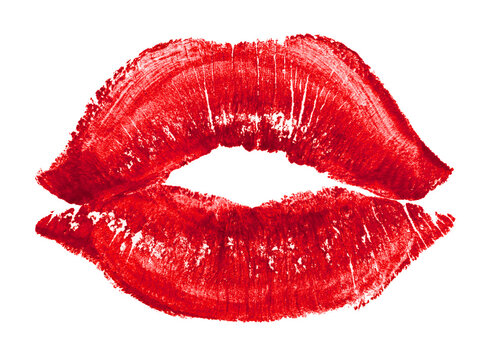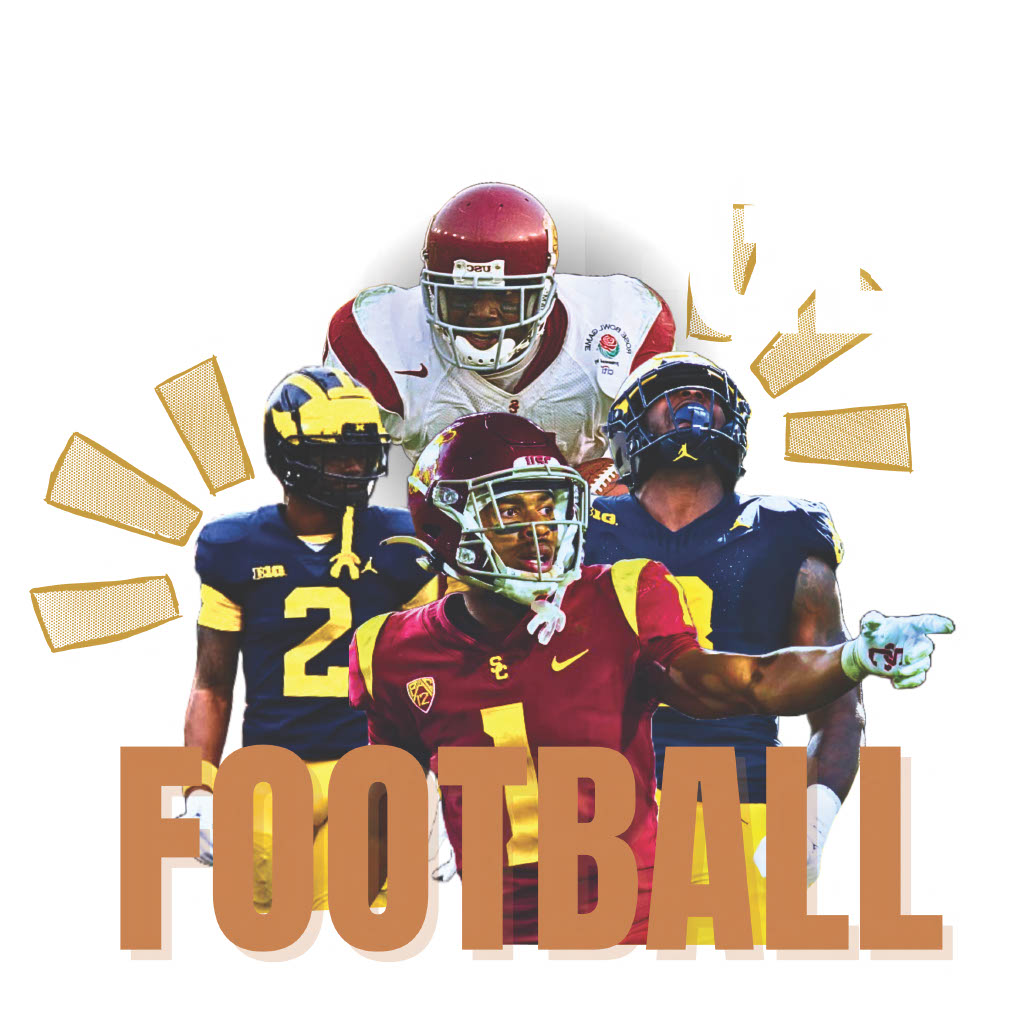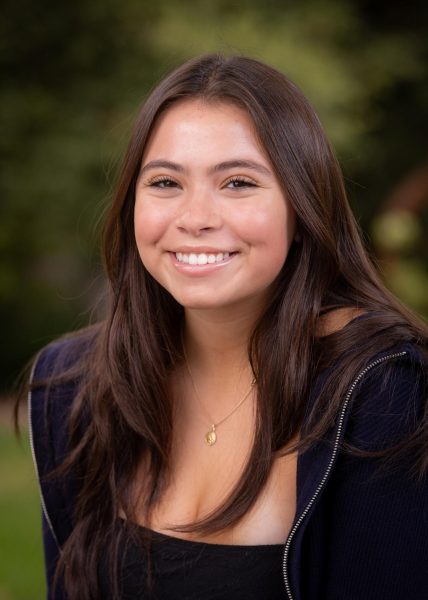Loss of Indigenous Culture
The impacts of COVID-19 harmed close-knit Indigenous communities with the loss of elders leading to the disappearance of invaluable cultural customs.
December 20, 2022
At the mention of COVID-19, what is the first thing you think about? The number of deaths? How it affected you? How it hurt your friends and your family? How you had to wear a mask everywhere you went? But do you think about how this pandemic affected people of color more?
There is no doubt that the COVID-19 pandemic significantly impacted people’s lives throughout the world. For California’s Native American tribes, that impact was felt deeply.
During COVID, tribal communities didn’t only experience the loss of people, they also lost their cultural identity, heritage, and elders.
Native American society is tightly-knit between generations within close-quarter communities, contributing to the disease’s easy and rapid spread.
In each Native American community, elders were most susceptible to the disease. The elders carry their people’s wisdom, and as they passed due to the pandemic, their deaths significantly affected their communities since much of their wisdom was lost.
“People from Indigenous communities said that their people had higher rates of preexisting conditions that made COVID deadly,” said DEI Coordinator Ursula Chan.
“This affected them in ways where their elders were dying quickly and in really devastating ways. And these are also the people who are culture holders and language keepers, so they are the people that are trying to teach their community the sacred language that is disappearing.”
Without elders in Native American groups, there is no way to pass on the sacred and unique information, knowledge, and wisdom gained from previous generations to new generations.
According to Chan, many Indigenous people in California often were immigrants from Central America and were not able to speak or understand English.
People of color were disproportionately affected by the pandemic. It is significant within the Native American community, whose culture is at risk; the disease is taking the lives of the elders who teach and share their culture.
“A Lakota couple who were elders of the community passed away from COVID, and their daughter is active in their tribe and said: ‘We lost two of the last people who know this language,’” Chan said.
“There was a strong language barrier because their language was indigenous. So, even getting access to knowledge about how to get vaccinated, where a testing site was, or how to stop the spread was not accessible to them,” Chan said.
Different races and ethnicities live vastly different lives within other areas, communities, and neighborhoods of our country, so COVID’s effects vary from ethnicity to ethnicity. However, the harm Indigenous people suffered during COVID was a policy failure.
“That’s how they were affected in different ways than white people. It is the continual violence of colonization that we see in modern times,” said Chan.
Further actions could have and should have been taken to protect minority groups from COVID’s rapid spread, instead of letting it run wild.
The federal government only began prioritizing Native American elders for the vaccine rollout in 2021, but the pandemic had already taken its toll by then.
“When our government doesn’t prioritize keeping people at home and taking care of financial circumstances, we put people at risk,” Chan said.
Education on how different societies and ethnicities are affected by COVID is an essential topic for future generations. Protection of minority cultures is still an afterthought, and it is important to see how this pattern of behavior is especially harmful during a disaster like a pandemic.
“It is essential for us to take care of our most vulnerable populations,” Chan said. “And I think it’s really important for us to know the way the continual violence of colonization exists in modern times.”



































